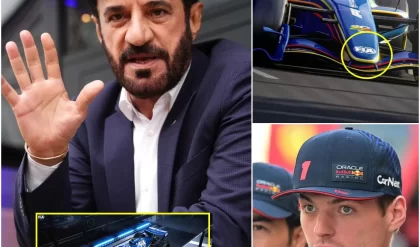Chris Hemsworth, renowned for wielding Mjolnir as Thor in the Marvel Cinematic Universe, has thrown his star power and millions of dollars behind an audacious scientific endeavor: bringing woolly mammoths back from extinction. Announced in late 2024, Hemsworth’s investment in Colossal Biosciences, a Texas-based biotech company, aligns him with other high-profile backers like Paris Hilton and Tony Robbins in a mission to resurrect the iconic Ice Age creature by 2028. The project, which leverages cutting-edge CRISPR gene-editing technology, aims not only to revive mammoths but also to restore Arctic ecosystems and combat climate change. The initiative has captivated global attention, blending celebrity influence with groundbreaking science, though it raises ethical questions about de-extinction.
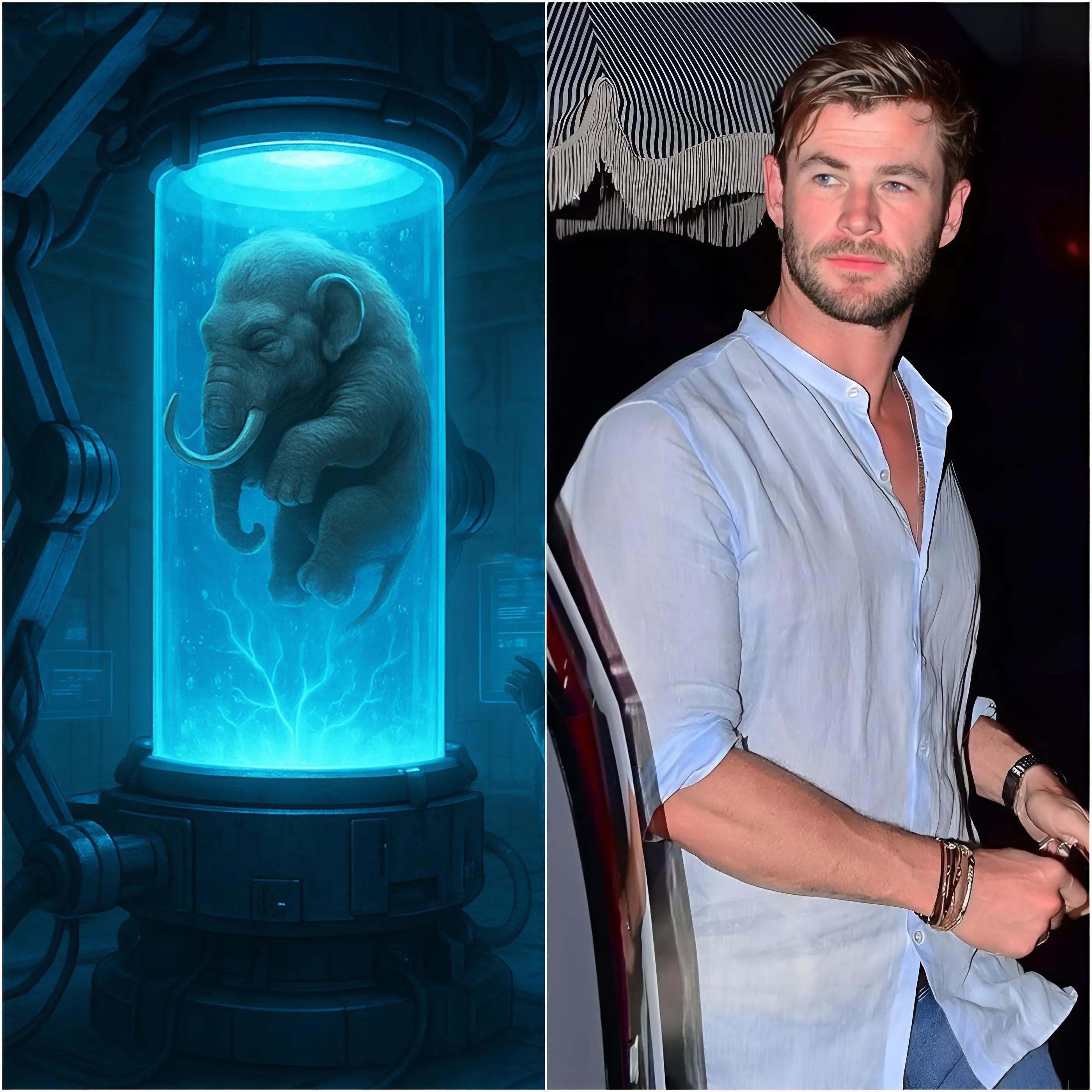
Colossal Biosciences, co-founded by Harvard geneticist George Church and entrepreneur Ben Lamm, has raised $235 million to fund its de-extinction efforts, with Hemsworth’s contribution bolstering its visibility. The company’s flagship project involves engineering an elephant-mammoth hybrid, combining DNA from frozen mammoth remains with that of Asian elephants, which share 99.5% of their genes. By editing genes for traits like thick fur, smaller ears, and cold-resistant fat layers, Colossal aims to create a “functional mammoth” that can thrive in the Arctic. CEO Ben Lamm told The Independent that the process resembles a “reverse Jurassic Park,” with a target date of late 2028 for the first mammoth birth, given the 22-month gestation period. Progress is on track, with recent breakthroughs including the creation of induced pluripotent stem cells from Asian elephants, a critical step for genetic manipulation.
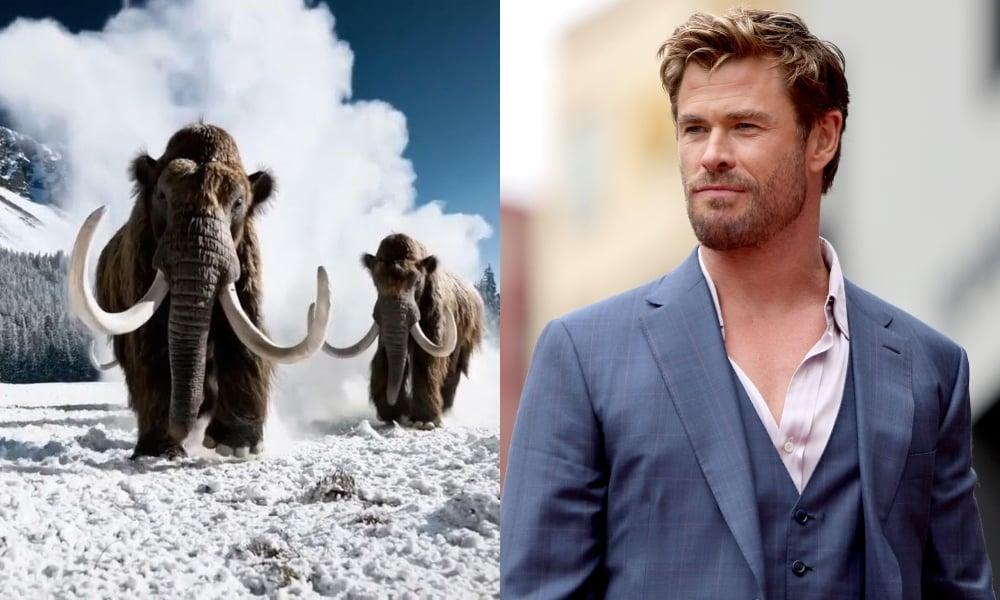
Hemsworth’s involvement extends beyond financial backing. His passion for conservation, evident in his advocacy for ocean preservation, aligns with Colossal’s broader mission. The company has pledged $50 million to establish a conservation foundation to protect endangered species like the northern white rhino. Hemsworth, in a statement to Euro Weekly News, emphasized the ecological impact: “Reviving mammoths could restore balance to the Arctic, helping fight climate change.” Scientists at Colossal argue that mammoths, by trampling snow and grazing grasslands, could preserve permafrost, a critical carbon sink, preventing the release of greenhouse gases. This vision draws from studies, like one in Siberia in 2020, showing large herbivores lower soil temperatures by compacting snow.
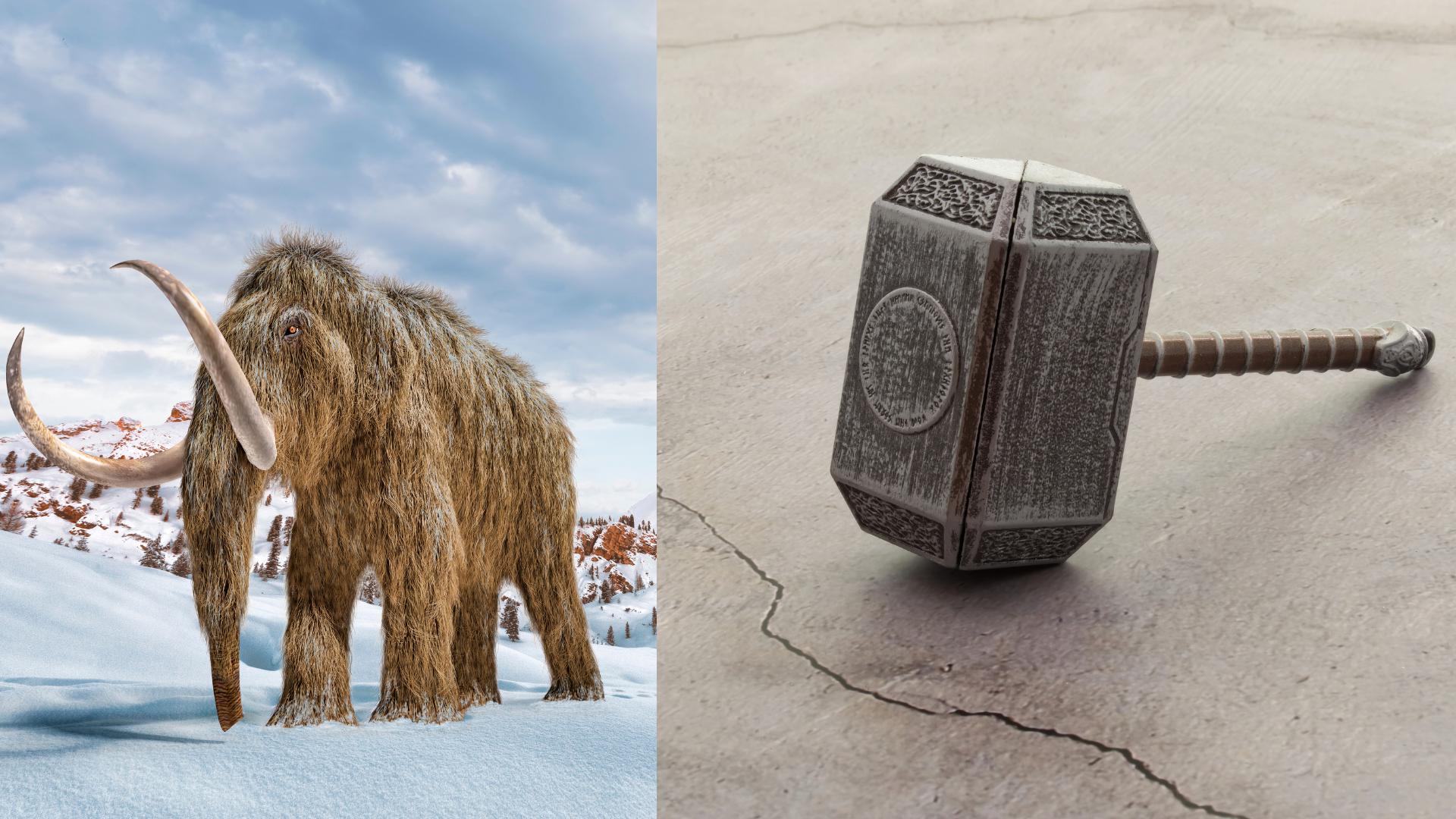
The project isn’t without controversy. Critics, including University of Arizona’s Karl Flessa, question the wisdom of releasing engineered creatures into a warming Arctic, warning of a “freak show” or ecological disruption. Ethical concerns also arise over using endangered Asian elephants as surrogates, given the high failure rates of cloning techniques akin to those used for Dolly the Sheep in 1996. Joseph Bennett of Carleton University told NPR that creating a part-mammoth hybrid marketed as conservation is “a difficult sell.” Others, like Toronto Zoo’s Gabriela Mastromonaco, argue that funds would be better spent on living species facing extinction. Despite these critiques, Colossal’s George Church defends the project, noting that stem cell advancements could aid elephant conservation by combating diseases like the herpesvirus killing infant elephants.
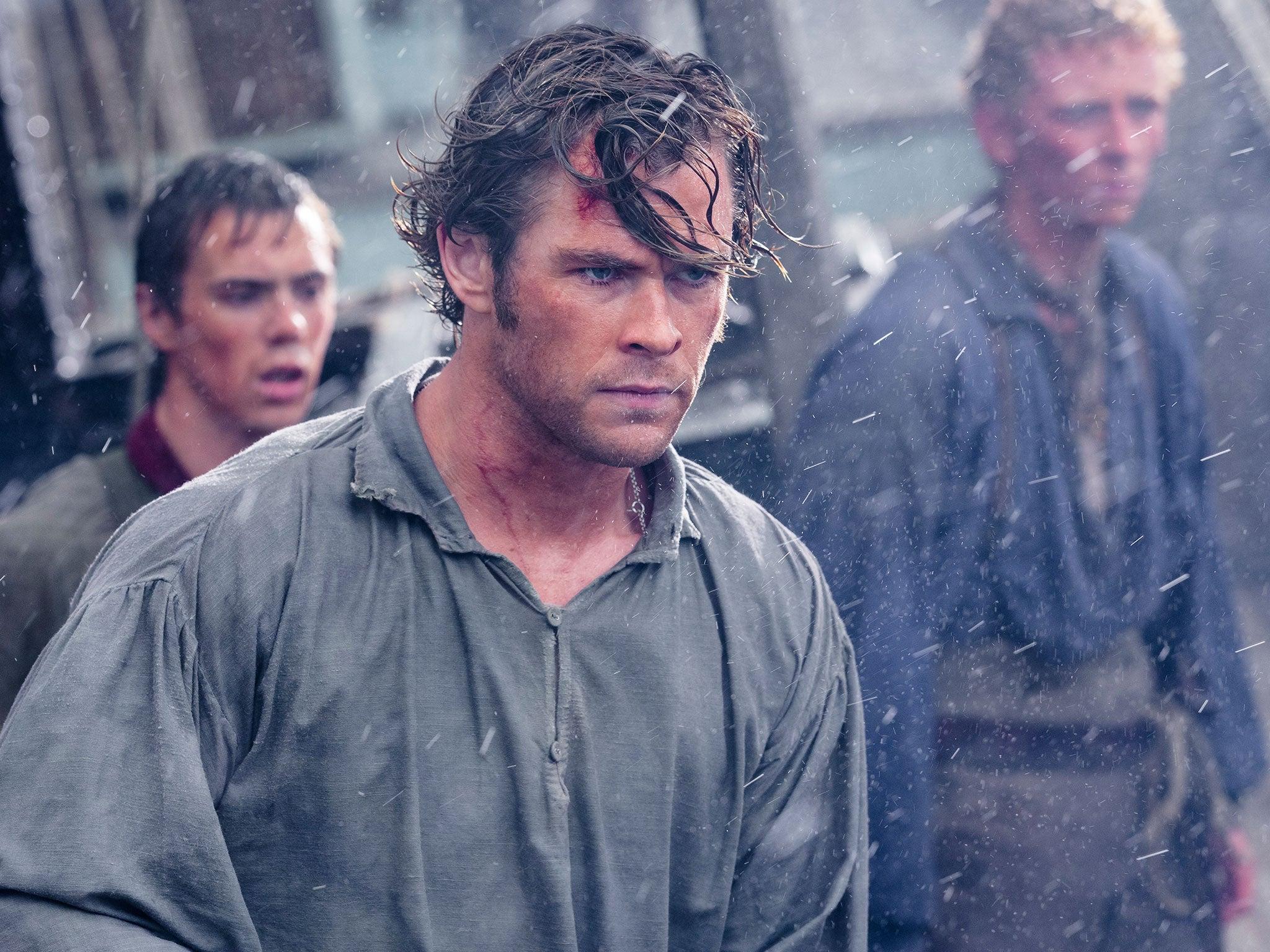
Hemsworth’s star power has amplified the project’s reach, with fans on X buzzing about his shift from superhero to “mammoth savior.” Posts range from excitement—“Thor bringing back mammoths? Sign me up!”—to skepticism about the sci-fi premise. Colossal’s plans extend beyond mammoths, targeting the dodo and Tasmanian tiger, with shorter gestation periods potentially yielding results sooner. The company’s 2025 proof-of-concept, showcasing mice with mammoth-like traits such as woolly coats, has bolstered confidence in its timeline. However, challenges remain, including developing artificial wombs or securing viable surrogate elephants, as no intact mammoth cells have been found due to DNA degradation in frozen remains.
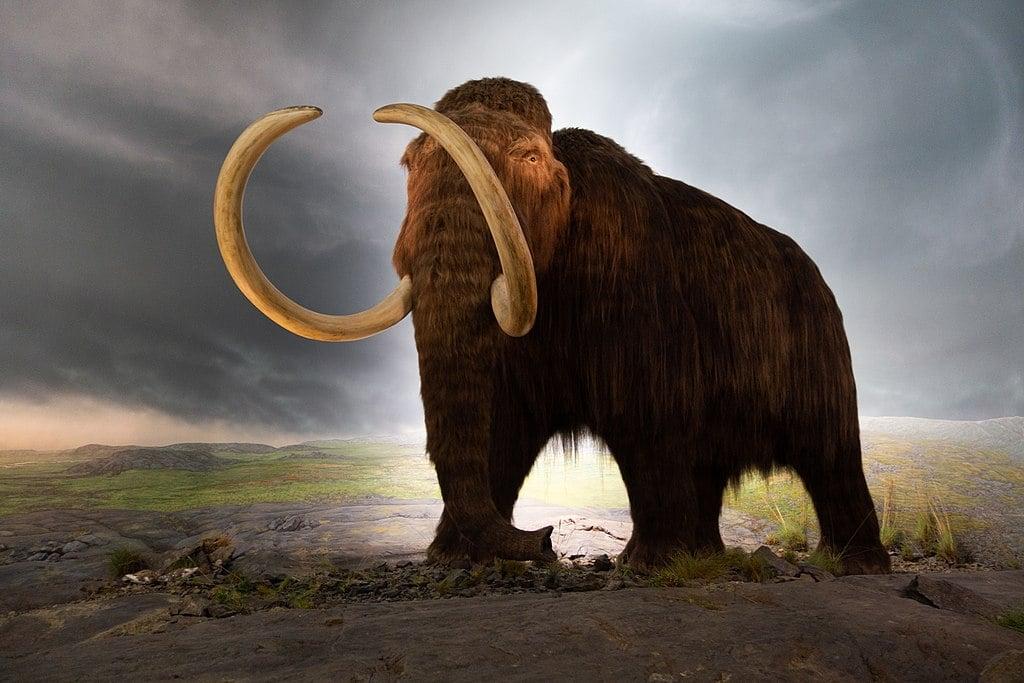
The mammoth resurrection project, backed by Hemsworth’s millions, represents a bold intersection of science, celebrity, and environmentalism. While critics debate its feasibility and ethics, supporters see it as a pioneering step toward reversing humanity’s ecological missteps. As Colossal races toward 2028, the world watches to see if Hemsworth and his team can indeed make mammoths thunder across the tundra once more, proving that even the wildest sci-fi dreams can inch toward reality. For now, the Thor star’s gamble on de-extinction continues to spark hope, debate, and wonder.




